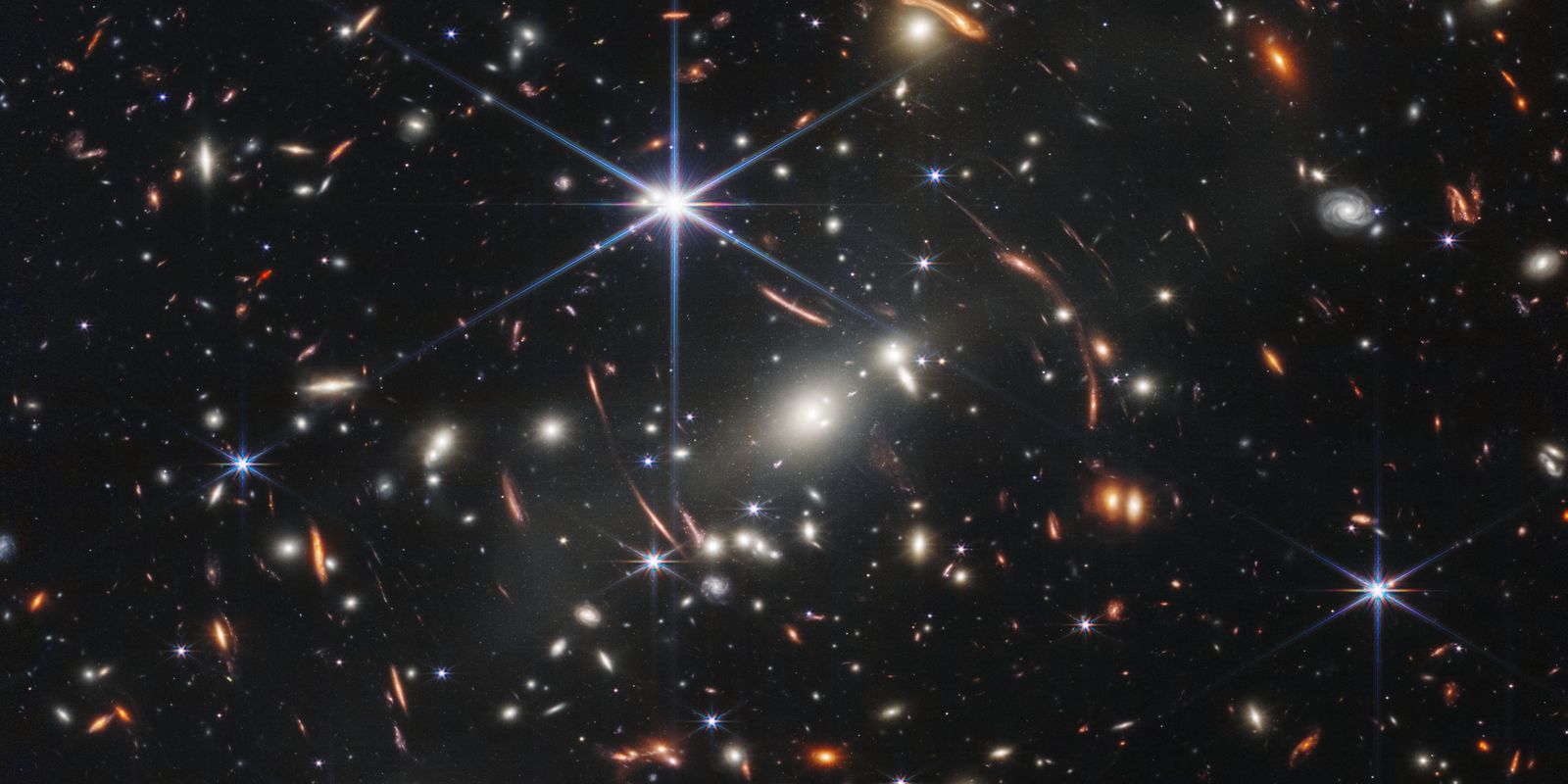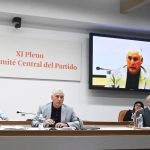The North American Space Agency (NASA) presents this Tuesday (12) new images obtained by the James Webb Space Telescope. According to the agency, such images will reveal “unprecedented views”, rich in detail of the Universe.
Yesterday (11), the first image, of the cluster of galaxies known as SMACS 0723, located 4.6 billion light years ago, was released at an event at the White House that was attended by US President Joe Biden.
The release of the images today will be transmitted live, from 11:30 am (Brasília time), by NASA, as well as through the agency’s social networks. Images will also be made available on the agency’s website.
Located 1.5 million kilometers from Earth, at the so-called L2 point, the James Webb Space Telescope (JWST) is the result of a partnership between the North American (NASA) and European (ESA) space agencies. Its main feature is the capture of infrared radiation.
If all goes well, the equipment will allow researchers to observe the formation of the first galaxies and stars. In addition to studying the evolution of galaxies, they will also be able to observe the production of elements by stars and the processes of star and planet formation.
mysteries
The expectation is that, in addition to solving mysteries of our solar system, the telescope will look at distant worlds around other stars and investigate mysterious structures and origins of the Universe, helping human beings to better understand their own planet as well.
According to NASA, the first wave of images, selected by an international committee, covers two nebulae (Carina and the Southern Ring), a planet (Wasp-96 b) and two galaxy clusters (Stephan’s Quintet and the Smacs 0723 agglomerates).
Meet the first celestial bodies observed by James Webb, described by NASA itself:
– Carina Nebula: one of the largest and brightest nebulae in the sky, located approximately 7,600 light-years away in the southern constellation of Carina. Nebulae are stellar nurseries where stars form. The Carina Nebula is home to many massive stars, several times larger than the Sun.
– WASP-96 b: giant planet outside our solar system, composed mainly of gas. Located about 1,150 light-years from Earth, it orbits its star every 3.4 days. It is about half the mass of Jupiter and its discovery was announced in 2014.
– Southern Ring Nebula: Also known as the “Eight-Burst” nebula, it is a planetary nebula – an expanding cloud of gas, surrounding a dying star. It is nearly half a light-year in diameter and located approximately 2,000 light-years away from Earth.
– Stephan’s Quintet: located about 290 million light-years away from Earth, in the constellation of Pegasus. It was the first compact group of galaxies discovered, in 1877. Four of the five galaxies within the quintet are caught in a cosmic dance of repeated close encounters.
– SMACS 0723: Massive clusters of galaxies, in the foreground, that magnify and distort the light of objects behind them, allowing deep-field vision in populations of extremely distant and intrinsically faint galaxies.
James Webb
NASA explains that in order to carry out the intended studies, with “unprecedented sensitivity”, the observatory must be kept cool, free from large sources of infrared interference caused by celestial bodies such as the Sun, Earth and Moon.
To block sources of infrared radiation, James Webb will have a “large metallized collapsible solar shield” to be opened in space. Its mirror is about 6.5 meters in diameter.
In order to observe the most distant areas, the telescope will also have, in its modules, equipment that is sensitive to infrared radiation: a camera, spectrograph and other instruments to analyze the infrared emitted by the sources targeted by it. It will also have a module responsible for transporting collected data, in addition to the optical telescope.
Homage
The name chosen for the new space telescope is a tribute to a former NASA administrator, James Edwin Webb. He led the Apollo program, in addition to a number of other important space missions.














